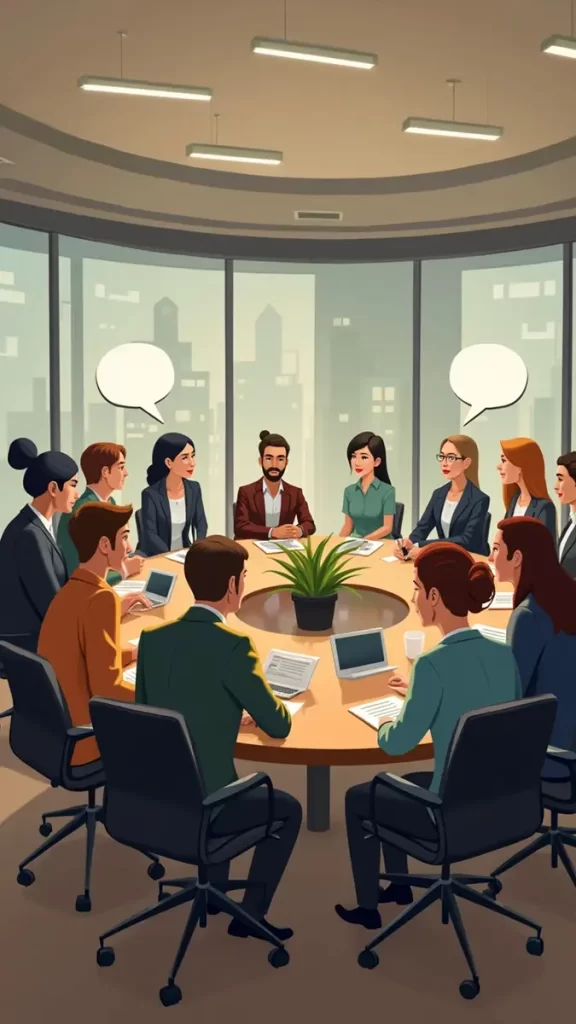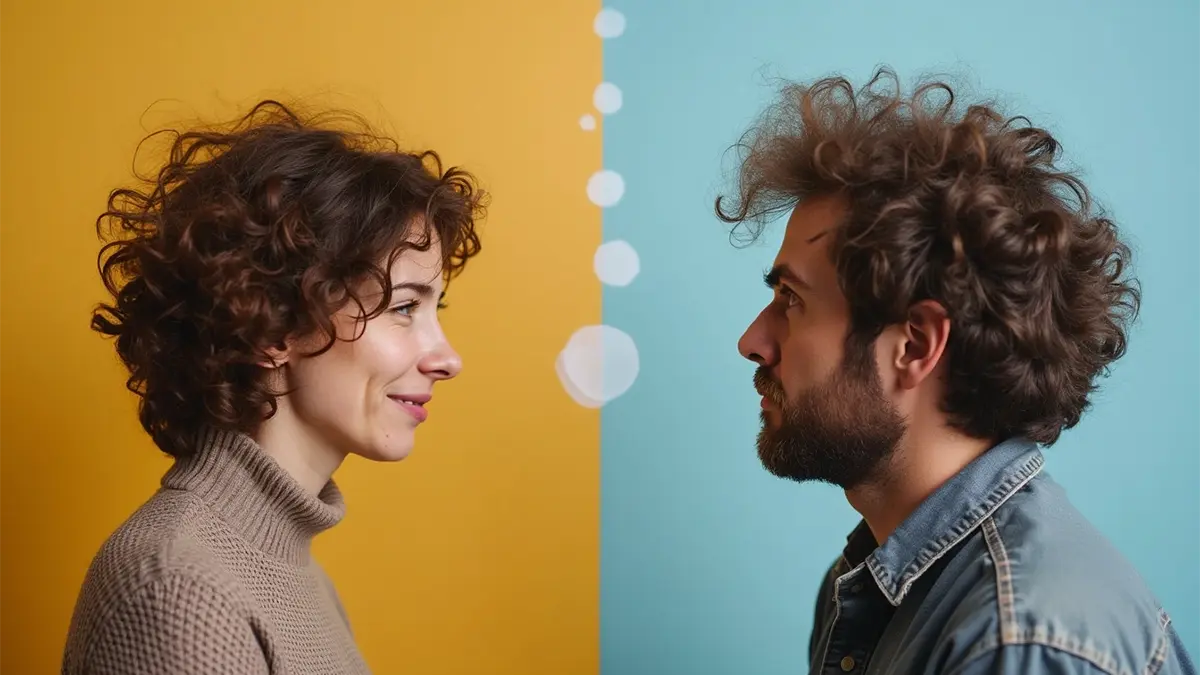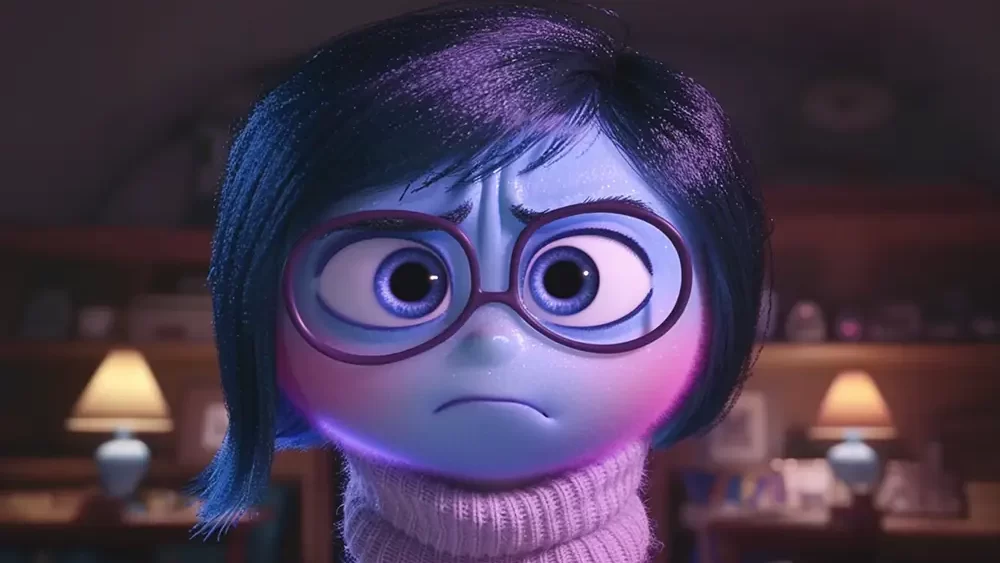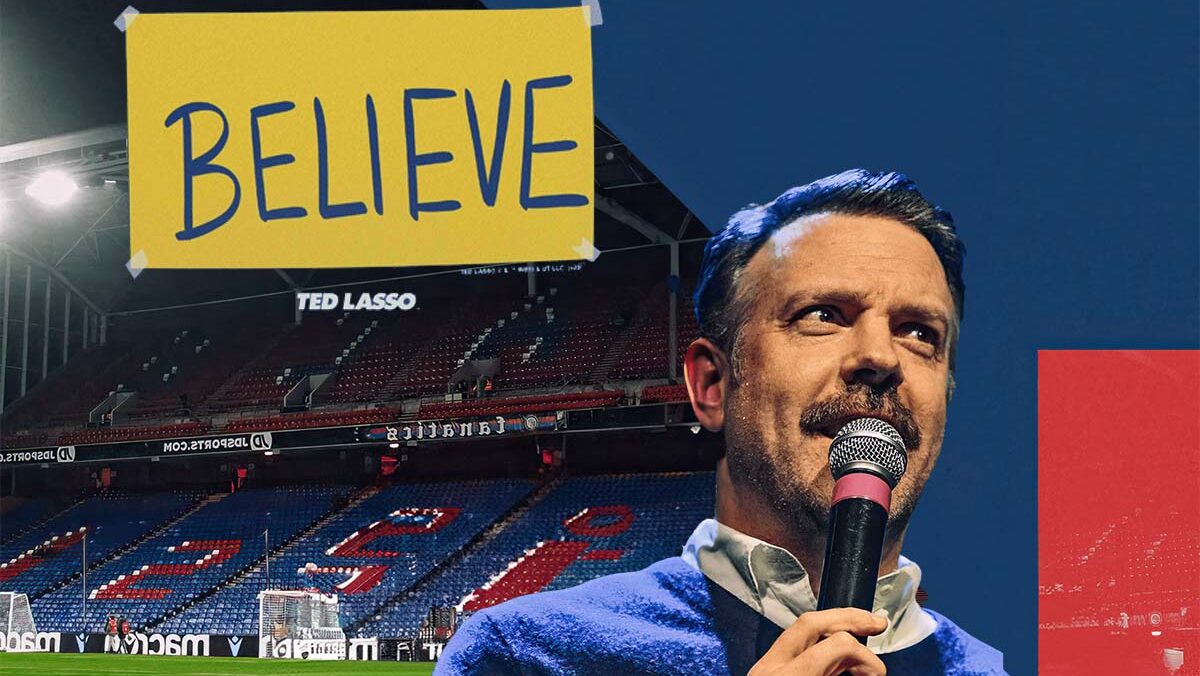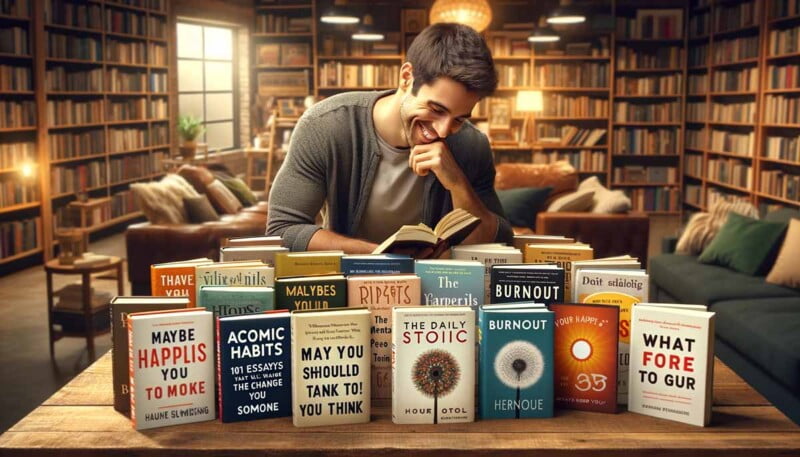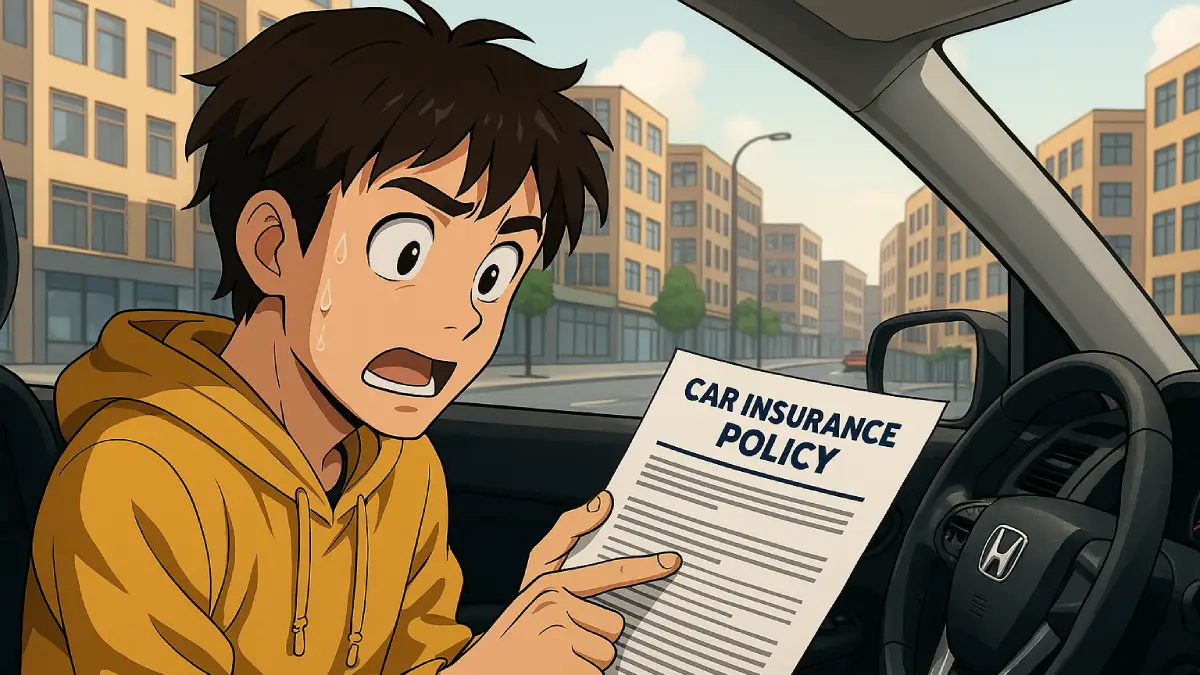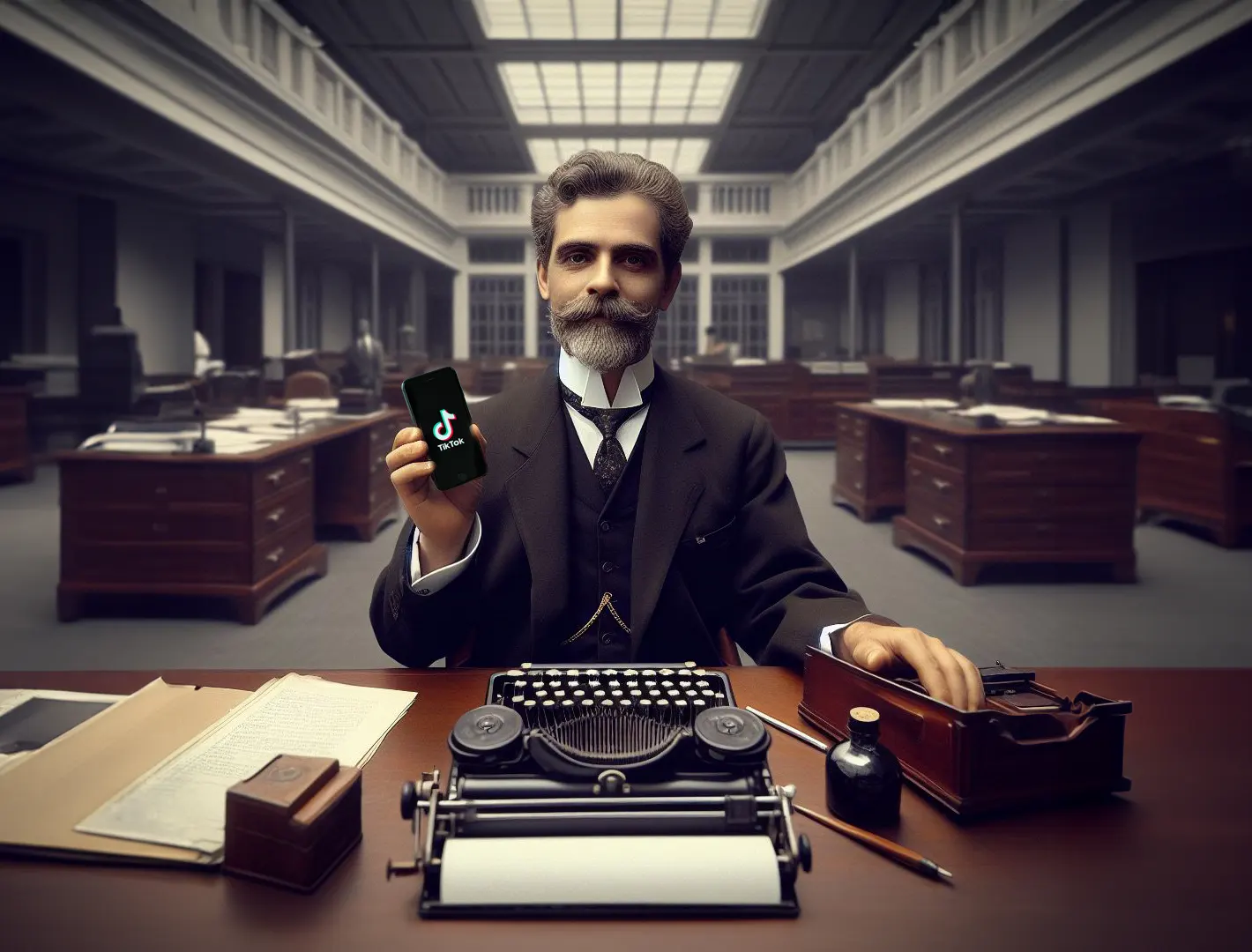5 Effective Conflict Resolution Strategies for the Workplace
Ever noticed how conflicts at work can turn a good day upside down? Whether it’s a disagreement over a project or a clash of personalities, conflicts are bound to happen.
But here’s the kicker: how we handle these conflicts can make all the difference.
If left unresolved, they can chip away at productivity and team spirit. On the flip side, with the right conflict resolution strategies, we can turn these challenges into opportunities for growth and stronger teamwork.
Let’s dive into five tried-and-true conflict resolution strategies that can help keep your workplace running smoothly and positively.
Why Conflict Resolution Matters in the Workplace
Conflicts in the workplace are a lot like weeds in a garden. If you don’t deal with them early, they can spread and take over.
Unresolved conflicts don’t just cause tension—they can lower morale, disrupt teamwork, and even lead to high turnover rates.
Nobody wants that, right?
But here’s the good news: effective conflict resolution strategies can stop conflicts in their tracks. By addressing issues head-on, you can prevent them from escalating and keep your team focused on what really matters—getting the job done and enjoying the process.
So, how do you nip these conflicts in the bud? It all starts with a few simple strategies that anyone can learn and apply.
Strategy 1: Active Listening
First up, let’s talk about active listening. It might sound simple, but it’s one of the most powerful conflict resolution strategies out there.
Imagine trying to solve a puzzle without knowing what the pieces look like.
That’s what it’s like when you don’t truly listen during a conflict.
Active listening means giving your full attention to the person speaking. No interruptions, no jumping to conclusions—just listening. It’s about hearing not just the words, but the emotions and intentions behind them.
When you practice active listening, you show the other person that their perspective matters. This can defuse tension and pave the way for a more productive conversation. So next time you’re in a conflict, remember: listen first, speak second.
Strategy 2: Addressing Issues Early
You know that old saying, “Don’t let a molehill become a mountain”? That’s exactly why addressing conflicts early is so important. When small issues are left to fester, they can grow into much bigger problems.
One of the best conflict resolution strategies is to tackle issues head-on before they spiral out of control. Approach the situation calmly and assertively, making sure to express your concerns without blame. It’s all about creating a space where both parties can share their thoughts openly.
By addressing conflicts early, you can prevent misunderstandings and build a culture of trust and openness in your workplace.
It’s like catching a small leak before it becomes a flood.
Strategy 3: Finding Common Ground
Sometimes, conflicts arise because we focus too much on our differences. But here’s a tip: finding common ground can work wonders in resolving disagreements. It’s one of those conflict resolution strategies that can help everyone feel like they’re on the same team—because, well, they are!
Start by identifying shared goals or values. What do both parties care about? Maybe it’s delivering a successful project, maintaining a positive work environment, or simply getting along better. By highlighting these common interests, you can shift the focus from what divides you to what unites you.
Finding common ground isn’t just about compromise—it’s about collaboration. When people see that they’re working toward a shared goal, they’re more likely to come together and find a solution that works for everyone.
Strategy 4: Facilitating Open Communication
Communication is the glue that holds any team together. But when communication breaks down, conflicts can quickly take root. That’s why fostering open communication is one of the most effective conflict resolution strategies.
Create an environment where employees feel comfortable speaking up about their concerns. This means encouraging transparency, asking for feedback, and being approachable. When people know they can express their thoughts without fear of judgment, they’re more likely to address issues before they become full-blown conflicts.
Open communication isn’t just about talking—it’s about listening and responding thoughtfully.
It’s about creating a dialogue where everyone feels heard and valued. In short, it’s the foundation of a harmonious workplace.
Strategy 5: Involving a Neutral Third Party
Sometimes, despite our best efforts, a conflict just won’t budge. That’s when bringing in a neutral third party can make all the difference. This is one of those conflict resolution strategies that’s especially useful when emotions are running high, and it’s tough to see a way forward.
A neutral mediator can offer a fresh perspective, helping both parties see the situation more clearly. They can guide the conversation, ensuring that it stays constructive and focused on finding a solution. The goal isn’t to take sides but to facilitate a fair and balanced resolution.
Involving a third party can help both sides feel heard and respected, making it easier to reach a compromise that everyone can live with. It’s like having a referee in a game—someone who keeps things fair and on track.
Conclusion
Conflict is a natural part of any workplace, but it doesn’t have to derail your team. By applying these conflict resolution strategies, you can turn potential problems into opportunities for growth and collaboration.
Remember, the key is to address conflicts early, listen actively, find common ground, keep communication open, and, when necessary, bring in a neutral third party.
These strategies aren’t just about resolving conflicts—they’re about building a stronger, more connected team.
So, the next time a conflict pops up, don’t shy away from it. Embrace it as a chance to improve your workplace and bring your team closer together.
Your Turn: Reflect and Act
1. How have you handled conflicts at work in the past?
In the past, I’ve handled conflicts by trying to address issues as soon as they arose. I’ve found that speaking directly to the person involved, rather than letting frustrations build up, usually leads to a quicker resolution. However, I realize I haven’t always practiced active listening as much as I should have, which is something I’m working on improving.
2. Which of these conflict resolution strategies could you start using today?
I think I could start by incorporating more active listening into my daily interactions. Often, I’m quick to jump in with my own perspective, but I see how giving the other person my full attention could lead to better outcomes. I’m also going to focus on addressing issues early, so they don’t turn into bigger problems down the line.
3. How can you foster a culture of open communication in your workplace?
One way to foster open communication is by leading by example—being transparent about my own thoughts and encouraging others to do the same. I could also start holding regular team check-ins where everyone has the chance to voice any concerns or ideas in a supportive environment. Creating a safe space for open dialogue can help build trust and prevent conflicts from arising.
What’s your experience with conflict resolution strategies? Share your stories and tips in the comments below. Let’s learn from each other and create better workplaces together!
-

 Best Picks10 months ago
Best Picks10 months agoDriving Insurance: Get the Best Car Coverage Without Overpaying
-

 Best Rewards3 months ago
Best Rewards3 months agoBest rewards credit cards in 2025 for everyday use
-

 Personal Growth & Mindset1 year ago
Personal Growth & Mindset1 year agoTed Lasso Effect: 5 Goal-Setting Secrets You Must Know
-

 Career & Success1 year ago
Career & Success1 year ago30 Key Strategies for Growth: Mindset, Productivity & Wellness
-

 Personal Growth & Mindset1 year ago
Personal Growth & Mindset1 year agoMachado de Assis: This Viral TikTok Explains Why You Need to Read ‘The Posthumous Memoirs of Brás Cubas’ Now
-

 Career & Success12 months ago
Career & Success12 months agoChallenges of Not Having Goals: 5 tips to help you get started

